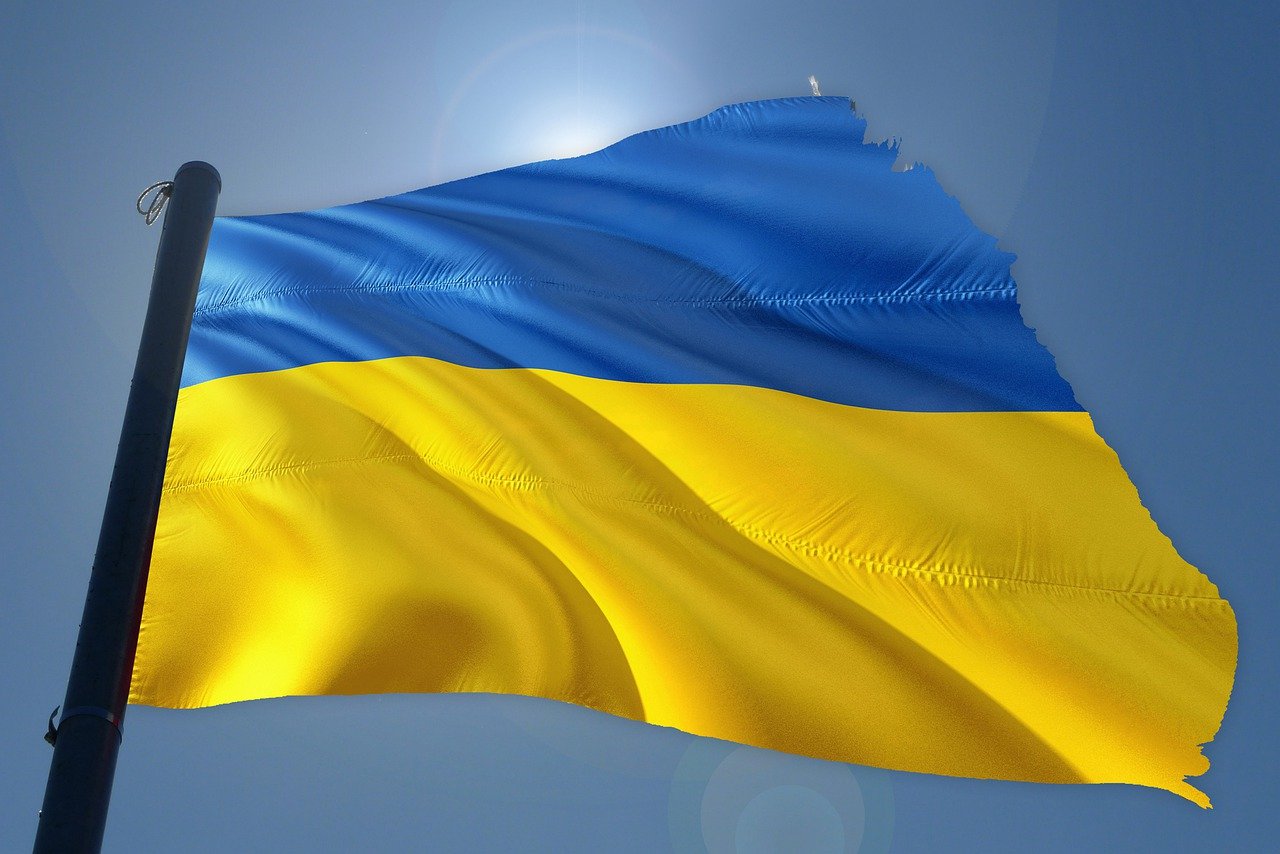How to Teach the Ukraine Crisis to Students Ages 8-14
Explaining current events in Ukraine to students

The news is changing rapidly, and there is much uncertainty following Russia’s invasion of Ukraine. It’s important for teachers to follow the news themselves so they can answer their students’ questions. But it’s also okay to say you don’t know all the answers now but we may know more later this week or next. Children count on trusted adults, including teachers, to help them make sense of world events.
Here are some ideas from Andrea Barbalich, editor-in-chief of T&L’s sister publication The Week Junior, to guide classroom conversation and provide information to help children understand the Ukraine crisis.
Discuss what’s happening
On February 24, Russia invaded Ukraine, an independent country to its west, launching the largest military attack in Europe since World War Two (1939-1945). Ukrainian soldiers and citizens are fighting back, and people around the world are standing in solidarity with Ukraine. At least 3.5 million people have fled the country since the conflict began.
Explain why Russia invaded Ukraine
Russian President Vladimir Putin has said that he believes Ukraine is part of his country, not independent. He has also said that he wants to stop Ukraine from strengthening its ties with the United States and other countries in the North Atlantic Treaty Organization (NATO, a military alliance of 30 nations in Europe, North America, and Eurasia). Putin sees NATO as a threat to his control of the region.
Talk about the history of Russia and Ukraine
Give a brief history of the region and a geography lesson. Look at a map of the region to show where Ukraine and Russia are and to point out the countries where Ukrainian refugees are going.
Share what other nations are doing in response
Governments around the world have imposed economic sanctions (punishments) on Russia. They are trying to punish Russia financially by blocking transactions with Russia’s central bank and other financial institutions. Sanctions have hurt the Russian economy badly. Governments are also sending weapons and humanitarian aid to Ukraine, and humanitarian organizations are helping in the region.
Explain what is being done to help people
Focus on the helpers, from the nations and nonprofits sending food and supplies, to the neighboring countries taking refugees in, to the regular citizens helping refugees get settled in their new communities.
Tech & Learning Newsletter
Tools and ideas to transform education. Sign up below.
Ask children what they know and what they think
Open a dialog with students. Giving them a chance to share their thoughts helps them feel empowered, and letting them know you are there to listen is reassuring. If they are worried about something that is inaccurate, you can correct it.
Give students opportunities to help
There are many concrete steps children can take, such as the following:
- Support a relief organization as a classroom. Collect donations to ship to a humanitarian organization of students’ choice. (A few ideas: Save the Children, Unicef, or Voices of Children.)
- Write to an elected official to share opinions. Students can find out who their local, state, or federal representatives are and email them.
- Reach out to others with kind words and empathy. This could be a local Ukrainian or Russian family or someone who has friends or family members in the region that is affected.
- Create a peace poster to share in a window or on a door at home, in a school classroom or hallway, or with The Week Junior. A template is available here.
For a free, downloadable Teacher Guide with lessons and activities to teach students about the Ukraine crisis, visit us at The Week Junior.
Andrea Barbalich is the editor-in-chief of The Week Junior, a sister publication of Tech & Learning.
